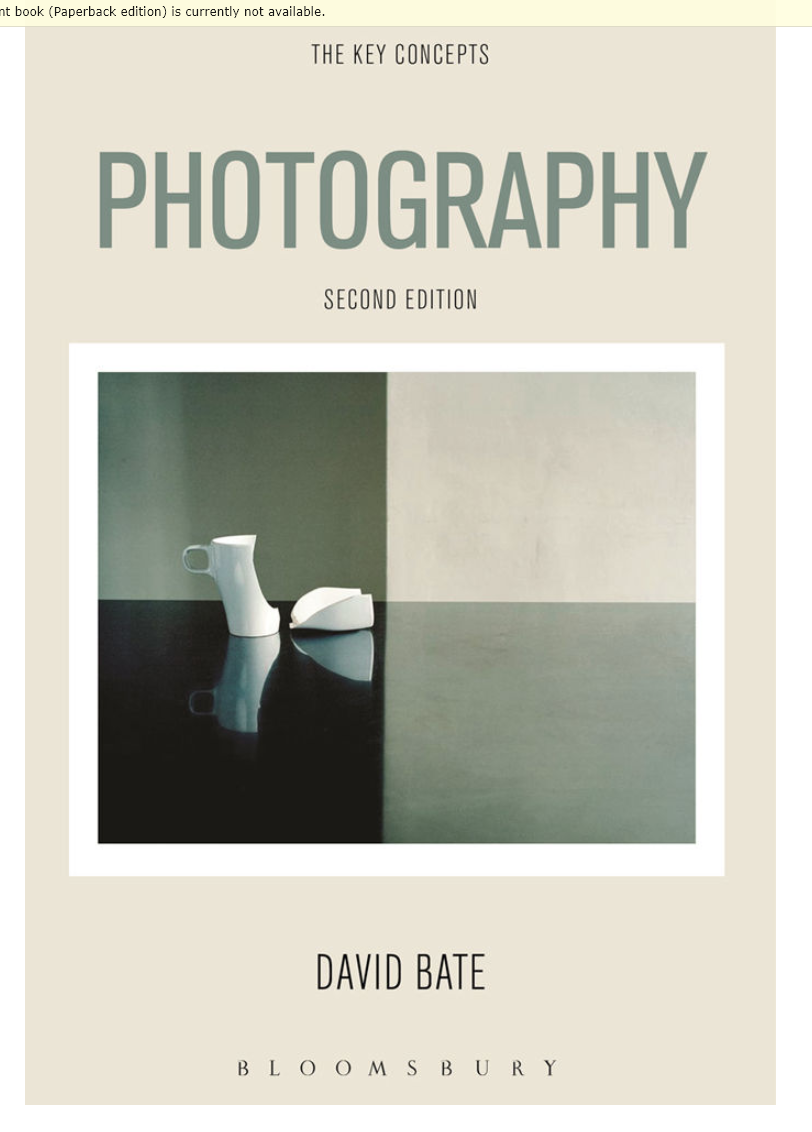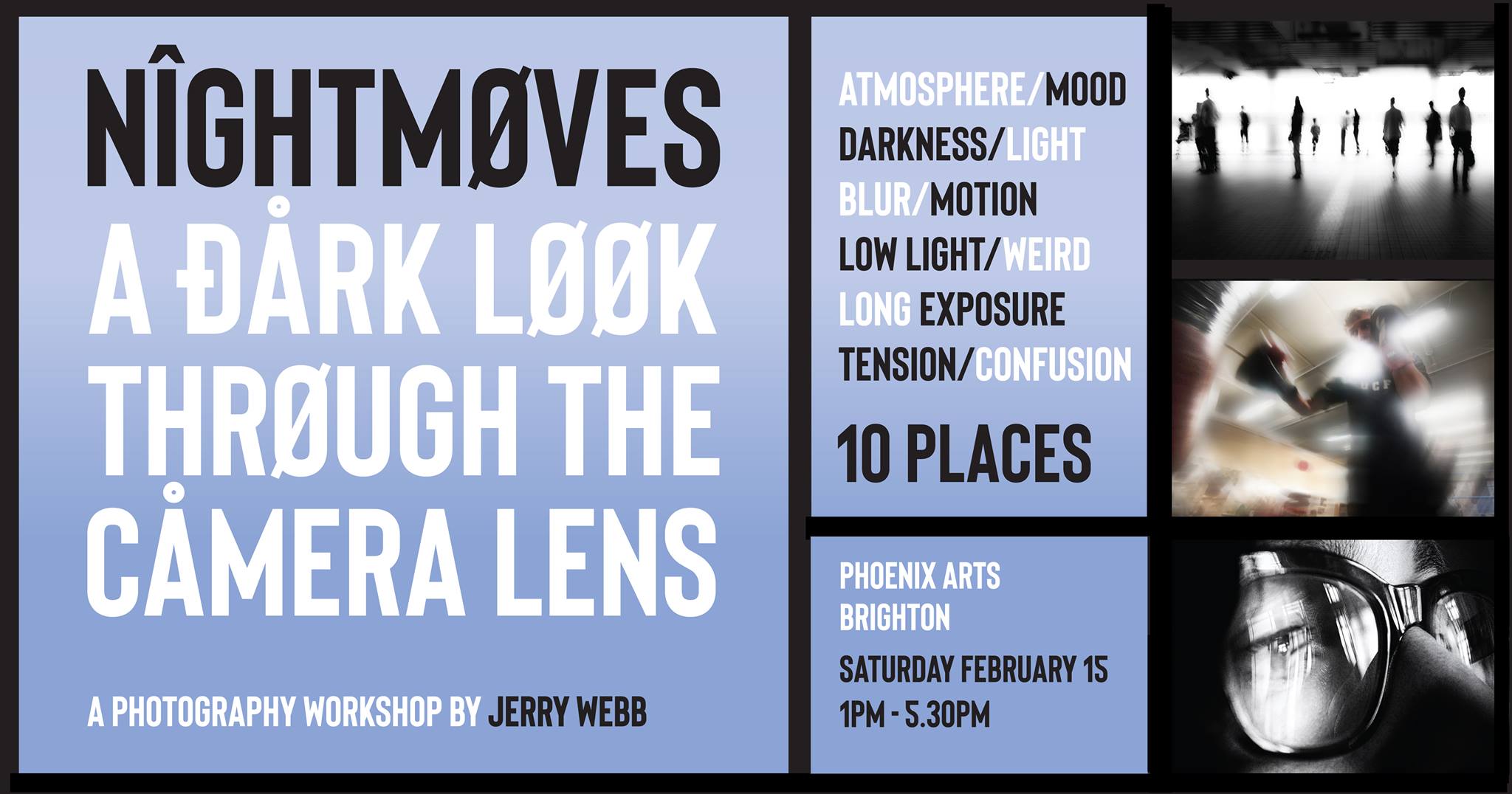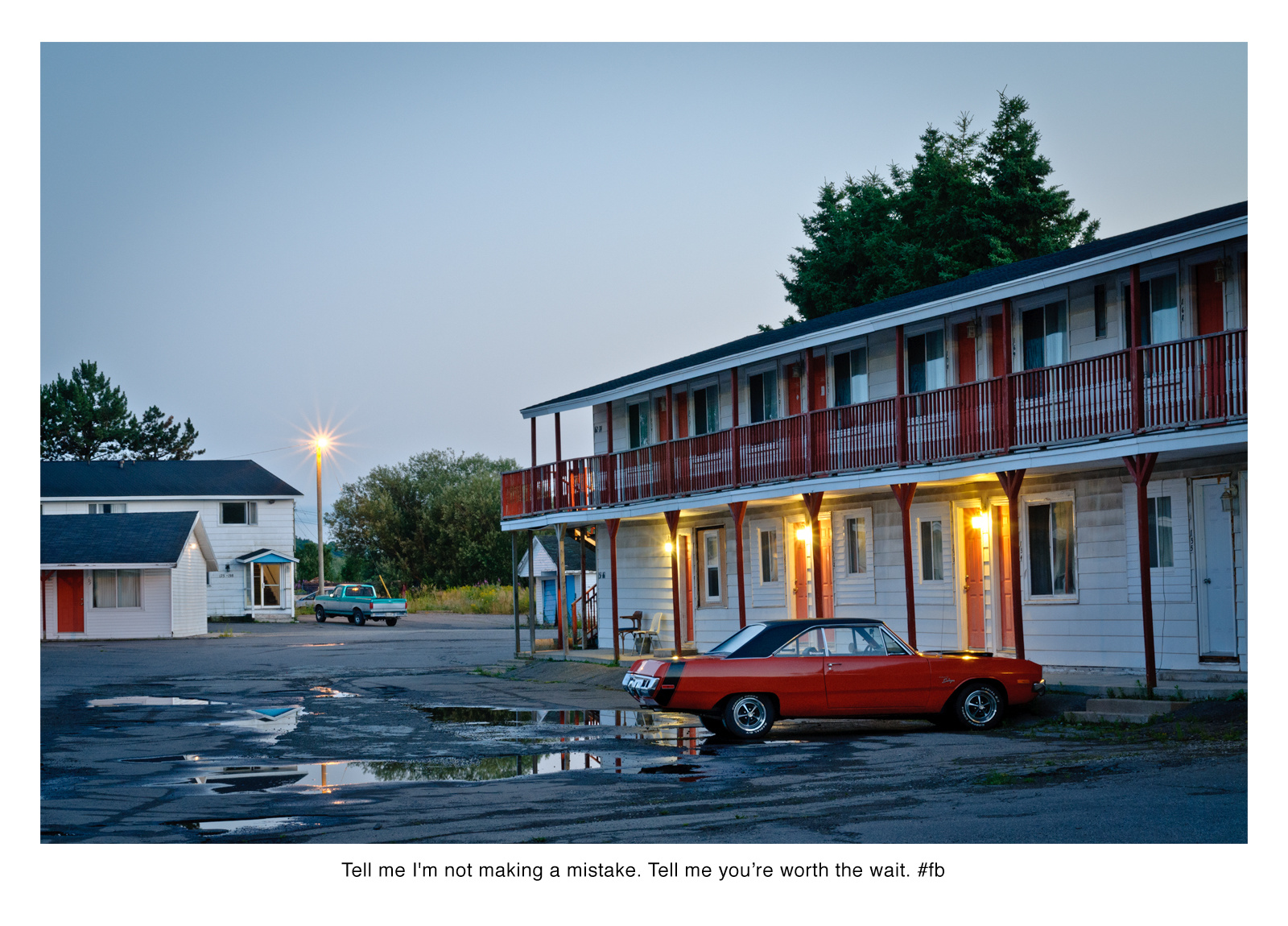Research Task: Rhetoric of the Image
Read ‘Rhetoric of the Image’ (Barthes, 1964) and write a reflection in your learning log.
● How does Barthes define anchorage and relay?
● What is the difference between them?
● Can you come up with some examples of each?
● How might this help your own creative approaches to working with text and image
Having found a copy of the essay on the internet, I downloaded a pdf copy [Image, Music Text, translated by Stephen Heath]. It was actually a very difficult text to understand in it’s writing style and therefore, I also found a number of ‘YouTube’ videos discussing the text, which helped greatly with my understanding.
Barthes’ essays explores the relationship between an image and the signs and symbols (semiotics) it contains that can denote meaning to the viewer.

The Panzani advertisement image used for Barthes analysis of the rhetoric of the image
Barthes says that linquists have argued that an image of an object is just a copy of that object and that it doesn’t symbolise any meaning. However, Ferdinand Saussure a leader in Semiotics argued that words themselves have no actual relationship to what they describe other than by social construct, and agreement and common use. For example we only recognise the word ‘DOG’ as describing a four legged, fury animal that barks because society has adopted it as such and we know that it is not describing a cat, or a fox. In this case it also a describes a group of animals rather than an individual one. Equally the understanding of that word may have different meaning to different people (polysemy)
Barthes says that language is a code which has been constructed but that images present a message without a code. In his essay he look at adverts as he says their meaning is more overt in trying to analyse them.
Images can present 3 messages
Linquistic
Barthes sees language as providing two types of message; that which describes (denotation) and that which implies or symbolises (connotes) but he lists them as one type of message. (i.e. ‘Panzani’ connotes Italianicity). Language can also be used to neutralise the unconscious messages in the image, by focusing the viewer on the things you would like them to focus on. In the Panzani image, the focus is on freshness and home prepared food and ignores the fact that the food is pre-packaged is not fresh or homemade.
Literal
An image of a tomato is a tomato. It is a literal copy of the object.
Symbolic
There are polysemy (multitude) of possible cultural meanings that could be ‘understood’ by this image. for example the image of tomato could connote, Mediterranean, fruit, Italian, food, red, tomato ketchup, rotten veg you throw at someone in the stocks!
Anchor and Relay
In describing the use of Linguistics / language with an image, Barthes identifies two types:
Anchor
Anchors are used to direct and control the viewers understanding of the meaning by attempting to prevent them picking the wrong association with the picture. It is seen as a strong use of language and is seen mostly in advertising and reporting. In the example of the tomato above, the creator wants you to think of freshness, sauce and Italianicity. This reminded me of the image I took of the bottle in the hairdresser shop in my previous post
Relay
Relay is seen as a weaker use of text with an image. It is complimentary or secondary to the scene. For example if the scene depicted two people talking, the text might give you the dialog between them. This is helping your understanding of the image and perhaps moving the story along, without directing the viewer what to think about it.
Once I got my head around what Barthes was saying, I found it very interesting and also watched some videos on Structuralism and Semiotics. The idea that images unlike text, are not read sequentially, but that there is an ‘all at once’ kind of element to how a viewer sees them, is really interesting and that you could use text and language to direct the viewer through the image could be very useful in presenting images. In one video I watched it was suggested that website designers now use learning about how people look at websites to help viewers navigate to the right pages.
In my own work, it will make much more cognisant of the words I am using, but also looking at my images in more depth and trying to think about what the things within the image might mean to different people.
Works Cited
Barthes, Roland, and Stephen Heath. Image, Music, Text. fourth printing ed., New York, Ny Hill And Wang [Ca, 1982. downloaded pdf.
McGee, Timothy. “Barthes Rhetoric of the Image.” YouTube, 23 Feb. 2018, www.youtube.com/watch?v=Xp4hfGARtFw. Accessed 20 Dec. 2020.
—. “Barthes Rhetoric of the Image, Pt. 2.” YouTube, 25 Feb. 2018, www.youtube.com/watch?v=2dPfClFKce4. Accessed 20 Dec. 2020.
Nicholas, Tom. “Literary Texts: WTF? Introduction to Cultural Texts and Roland Barthes’ from Work to Text.” YouTube, 30 Dec. 2017, www.youtube.com/watch?v=bMUDGRvVOLg. Accessed 26 Oct. 2020.
—. “Semiotics: WTF? Introduction to Saussure, the Signifier and Signified.” YouTube, 16 Nov. 2017, www.youtube.com/watch?v=0JtJu9HdQVM.
Sims, Chris. “Understanding Visual Culture: Rhetoric of the Image by Roland Barthes.” Understanding Visual Culture, 31 Mar. 2014, chrissimsunderstandingvisualculture.blogspot.com/2014/03/rhetoric-of-image-by-roland-barthes.html. Accessed 3 May 2021.


